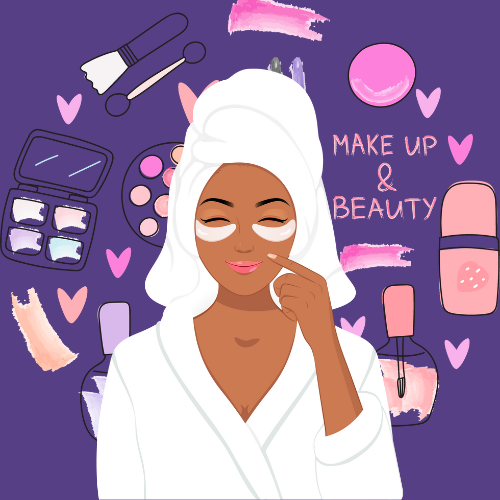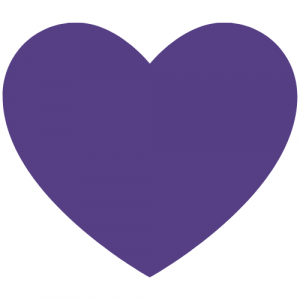Are you someone who loves to dress up and experiment with different styles? Have you ever wondered how those clothes were designed in the first place? Fashion design is a crucial aspect of the fashion industry that influences not just the way we look but also our overall lifestyle.
In this blog post, we will dive deeper into why fashion design matters, its impact on society and culture, and why it’s important to recognize its significance in today’s world. So buckle up as we explore the fascinating world of fashion design!
The Different Types of Fashion Design
There are several different types of fashion design, which can be categorized based on the garment type or the designer’s intended audience. Some of the most common types of fashion design include haute couture, ready-to-wear, streetwear, and sportswear.
Haute couture is the highest quality and most expensive level of fashion design. Garments are made to order for individual clients and are usually not available for purchase in stores. Ready-to-wear garments are those that are already made in standard sizes and can be bought off the rack.
Streetwear is a more casual style of clothing that is often inspired by urban or youth culture. Sportswear is designed for specific athletic activities and usually incorporates functionality as well as style.
The Benefits of Fashion Design
Fashion design is a field that allows for creativity and self-expression while also providing the opportunity to impact the lives of others. Designers can use their talents to create clothing and accessories that are not only stylish but also functional.
In addition to the creative satisfaction that comes with being a fashion designer, there are also many practical benefits. Fashion designers are in high demand, and those with formal training and experience can command high salaries. The job outlook for fashion designers is positive, with employment expected to grow about as fast as the average for all occupations through 2029.
Fashion designers have the unique ability to combine art and commerce. They must be aware of current trends to design garments and accessories that will appeal to consumers. But they also need to be able to anticipate future trends so that their designs are ahead of the curve. This means being able to identify new design features which will be popular, as well as anticipating trends in the way design is carried out.
AI for instance is becoming ever more influential across many industries, including fashion. Tools like Hautech.AI have enabled shops and online retailers to quickly create a range of computer-generated models to showcase their clothing, bringing modelling into a whole new era. It’s therefore safe to say that the design side of things will also see an AI revolution in the near future. Those who are successful in this field can strike a balance between artistry and practicality, which can lead to a very rewarding career.
How to Become a Fashion Designer
Fashion design is a creative field that combines art and commerce. It is one of the most popular industries in the world, with designers working in a variety of settings, including couture houses, ready-to-wear companies, mass-market retailers, and independent labels.
Becoming a fashion designer can be a rewarding and exciting career, but it takes hard work, dedication, and talent to make it in this competitive industry. If you are thinking about pursuing a career in fashion design, here are some tips to help you get started:
1. Develop Your Creative Skills
If you want to be a successful fashion designer, you need to have strong creative skills. This means being able to sketch your ideas, having an excellent sense of color and proportion, and being able to visualize how your designs will look on the body. You might also want to consider taking classes in pattern-making and draping so that you can learn how to translate your sketches into actual garments.
2. Get a Solid Education
While it is possible to become a fashion designer without formal training, it is much harder to do so. If you want to give yourself the best chance of success, you should consider getting a degree from an accredited fashion design program. During your studies, you will take classes in everything from sketching and fabric selection to garment construction and merchandising. This solid foundation will give you the skills and knowledge you need to start your career on the right foot.
3. Build Your Portfolio
Once you have completed your studies, the next step is to create a portfolio that showcases your best work and unique design aesthetic. You should also include any relevant experience or internships you may have had during school. This portfolio will be your calling card when approaching potential employers, so make sure it is well-crafted and polished.
4. Network and Look for Opportunities
The fashion industry is all about who you know, so it’s important to start networking as soon as possible. Attend fashion shows, join industry organizations, look for internships, and talk to people in the field to get connected. This will help you find job opportunities and gain valuable insights into the business of fashion design.
5. Be Prepared to Start Small
When starting in the fashion industry, you may have to take on roles that are outside of your desired area of expertise – such as working on a production line or creating patterns – to gain experience and build up your portfolio. Don’t be discouraged; success often comes after many years of hard work and dedication. With persistence, patience, and plenty of creativity, you can achieve your dream of becoming a fashion designer.
6. Simplify Your Business with Automation Solutions
Once your fashion brand is up and running, there are plenty of tasks that need attention to keep everything running smoothly and support growth. From managing inventory and fulfilling orders to answering customer inquiries and handling marketing, the workload can quickly become overwhelming. That’s why automation is a great solution. Automating repetitive tasks can save you time, reduce mistakes, and boost efficiency. You can rely on portals like www.waveplm.com to handle the automation for you. They can simplify these automation processes, and let you focus on the bigger picture. By embracing automation, you not only lighten your workload but also improve the customer experience, helping your brand stay competitive in an ever-changing industry.
The Pros and Cons of Fashion Design
When it comes to fashion design, there are both pros and cons that must be considered. On one hand, fashion design can be a highly creative and rewarding profession. Those who work in fashion design often have the opportunity to travel, meet interesting people, and work with some of the latest technology and fabrics. Additionally, many fashion designers make a good living designing clothes for both everyday people and celebrities.
On the other hand, fashion design can also be a very demanding profession. Many designers work long hours, including nights and weekends. They may also have to deal with difficult clients or customers. Additionally, the pressure to create new and innovative designs can be challenging.
What the Future Holds for Fashion Design
Fashion design is an ever-evolving field with new trends and styles constantly emerging. As a fashion designer, it is important to stay up-to-date on the latest trends and be able to anticipate future trends.
The future of fashion design is difficult to predict, but some key trends are likely to continue. One trend that is here to stay in the popularity of athleisure wear. Comfortable, sporty clothing that can be worn both inside and outside the gym is becoming increasingly popular among men and women of all ages.
Another key trend that is likely to continue is the growing demand for sustainable and ethical fashion. More and more consumers are becoming aware of the impact their clothing choices have on the environment and are looking for brands that are committed to sustainable practices. This trend has already led to several major fashion brands making changes to their supply chains and manufacturing processes.
As fashion becomes increasingly digital, we can expect to see more changes in the way designers create and present their collections. Technology will continue to play a big role in fashion design, from 3D-printed clothing to augmented-reality fashion shows.
Fashion design is an art form that has been around for centuries, and it continues to evolve to meet the needs of modern society. It’s more than just a means of expressing oneself; fashion designers are often at the forefront of innovation and creativity, dreaming up ideas that have never been seen before.
A good designer knows how to combine elements from different styles into one cohesive look, and their work is invaluable as people continue to search for ways to express themselves through clothing.





